In plywood manufacturing, veneer exits the dryer and is checked for moisture content. Wet pieces or pieces with significant wet spots may need to be dried further. Veneer is sorted by grade and width. Defects such as knots may be removed and a patch inserted if the grade of the finished panel requires smooth, defect-free surfaces on one or both sides of the panel. In addition, for certain grades or for larger panels(the majority of structural plywood is manufactured in standard 4 ft by 8 ft panels in the USA and in 1200mm by 2400mm panels elsewhere) veneer can be edge glued to create a continuous sheet. In the OSB process, dry strands are usually screened to remove fines and then conveyed to a dry flake storage bin. These bins are designed to spread the incoming material so that flakes with small variations in moisture content will not remain together and form a high moisture pocket. The outlet end of the bin is designed similarly so that strands that passed through the dryer together are not fed out of the bin together.
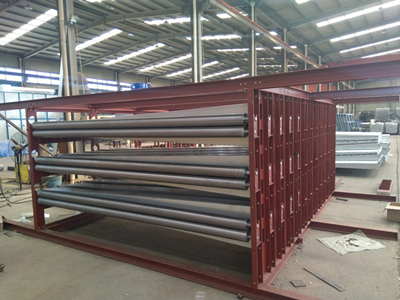
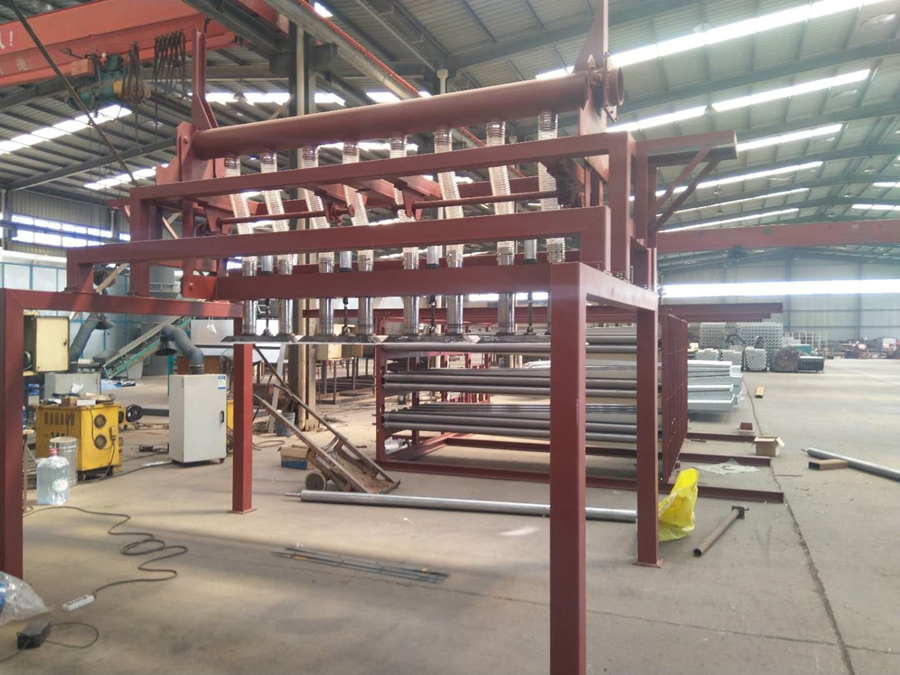
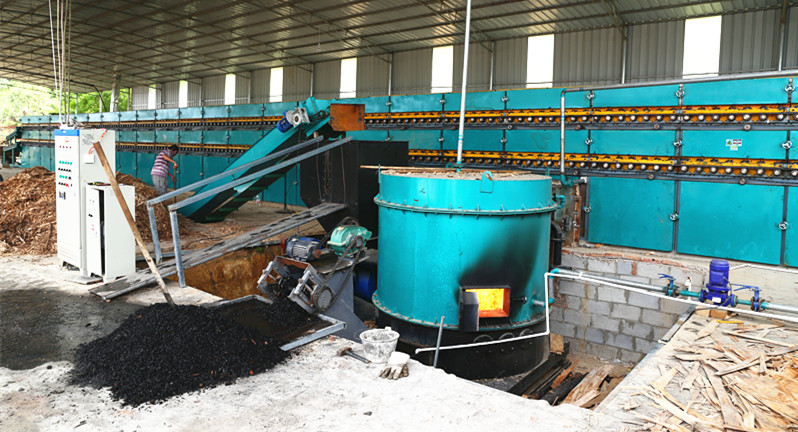
Parameter Model |
GTH30-30
|
Work width(m) | 3 |
Layer | 3 |
Veneer thickness(mm) | 0.5-5 |
Heating area (m)
| 26 |
Cooling area (m) | 4 |
Initial water content(%) | 50-80 |
Finished water content(%) | 10 |
Drying capacity (m³/h) | 65-75 |
Traction motor power(kw) | 4*3 |
Hot air fan power (kw) | 5.5*13 |
Air cooling fan power(kw) | 5.5*2 |
| Air intake fan power(kw) | 11*1 |
| 4 ton biomass burner | 18Kw |
| Automatic veneer feeder(optional) | 24.2kw |
| Automatic veneer collecting system(optional) | 6.2kw |
Total power (kw) | 153.7KW |
Actual electricity consumption | About 90-100kw per hour |
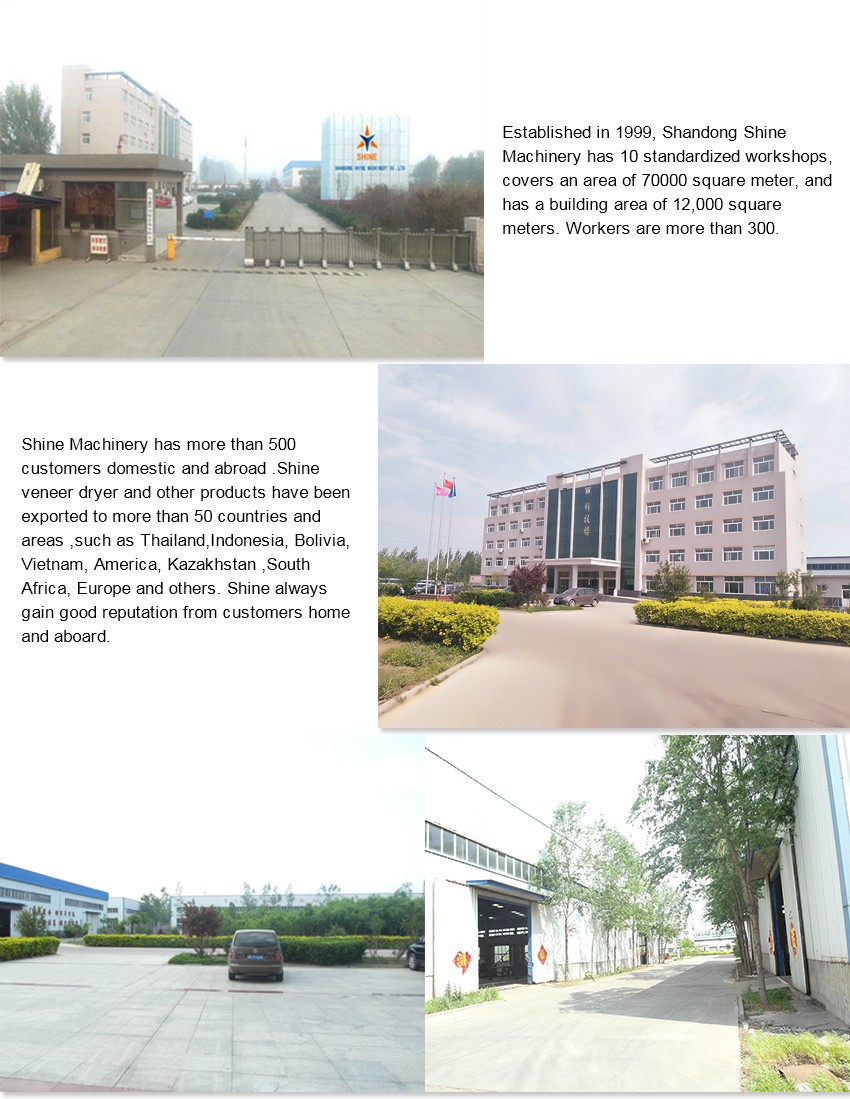
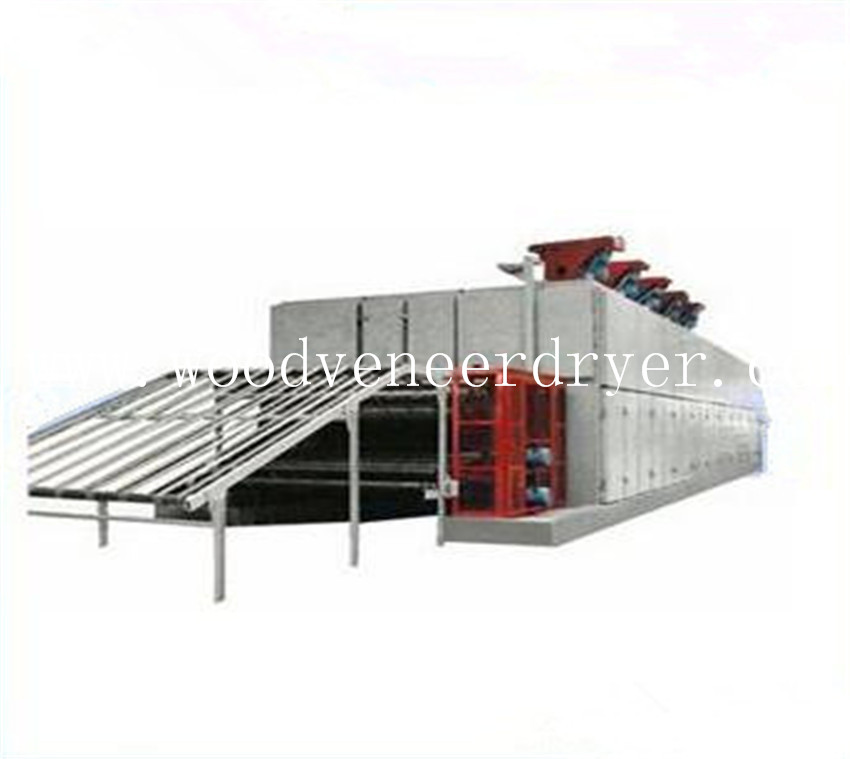 RELATED
RELATED
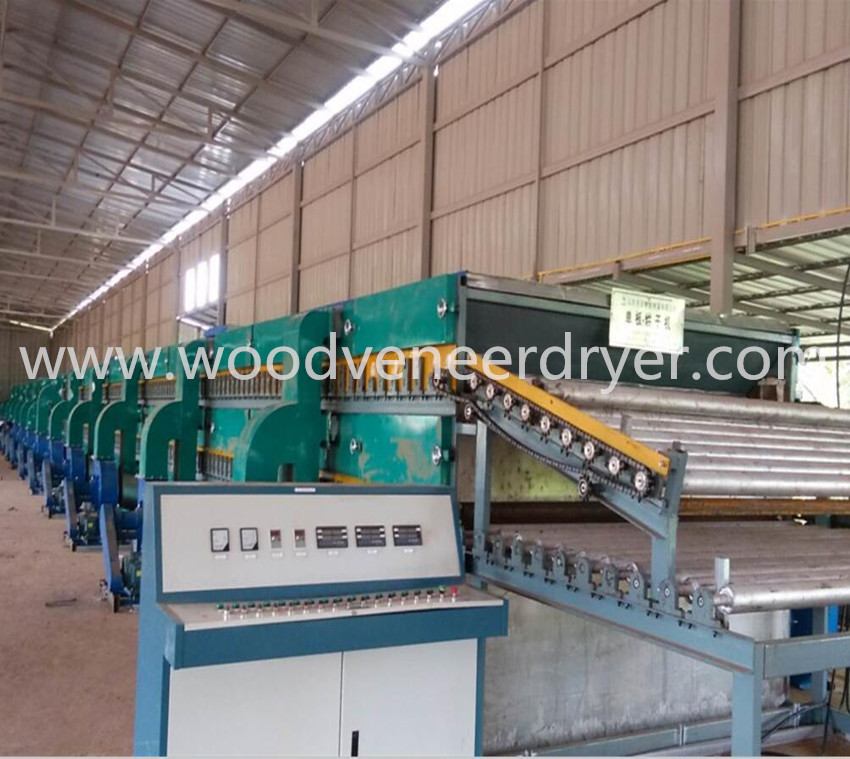 RELATED
RELATED
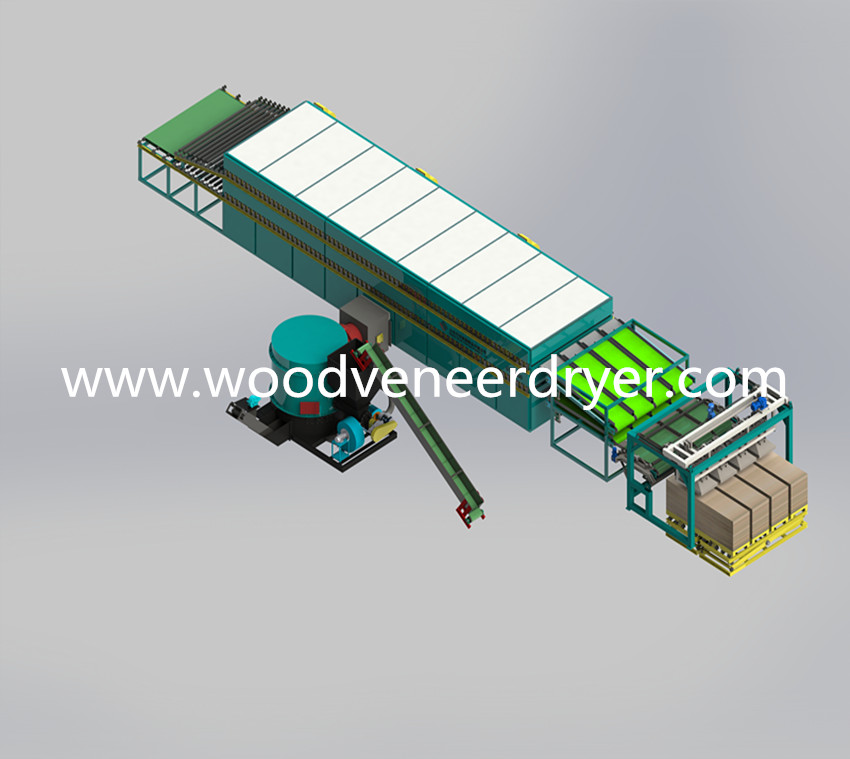 RELATED
RELATED
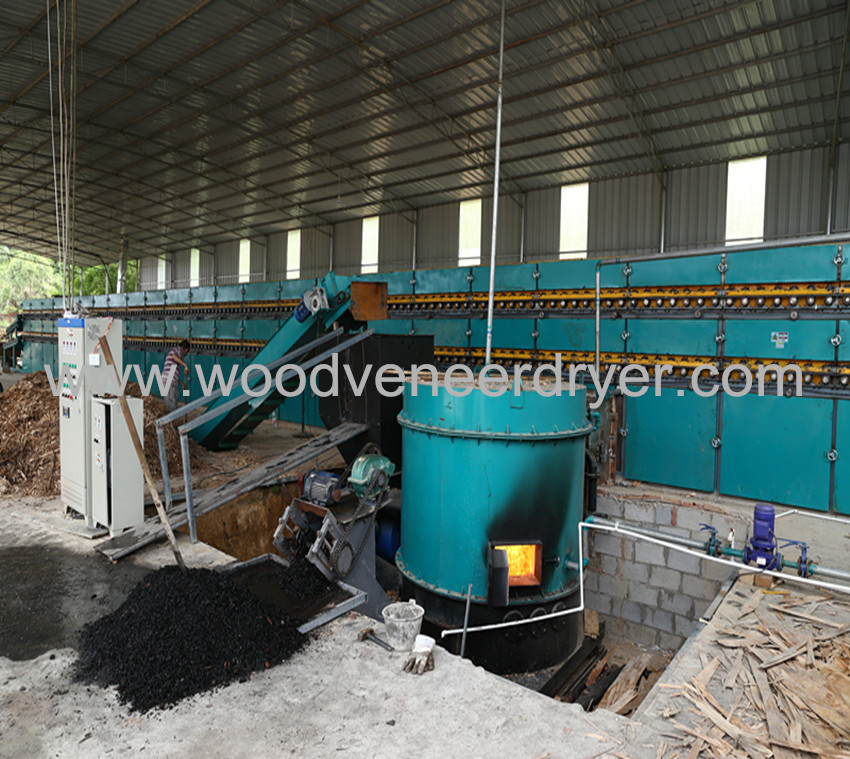 RELATED
RELATED
Copyright By © Shandong Shine Machinery Co.,Ltd